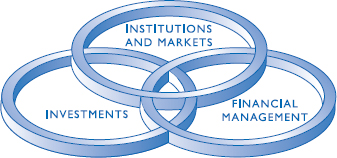
 CHAPTER 15
CHAPTER 15 
Managing Working Capital
Chapter Learning Objectives...
AFTER STUDYING THIS CHAPTER, YOU SHOULD BE ABLE TO DO THE FOLLOWING:
- Explain what is meant by a firm's operating cycle and its cash conversion cycle.
- Describe the impact of the operating cycle on the size of investment in accounts receivable and inventories.
- Explain how seasonal and cyclical trends affect the operating cycle, cash conversion cycle, and investments in current assets.
- Explain how a cash budget is developed and how a treasurer will use it.
- Describe the motives underlying the management of cash and marketable securities.
- Briefly explain what is involved in accounts receivable management and indicate how it is carried out.
- Describe inventory management from the standpoint of the financial manager.
Where We Have Been...
The previous chapters have introduced us to financial statements and some ways they can help managers and investors. Financial statements contain data that are used to do ratio analysis and long-term financial planning. In addition to helping users identify trends, ratio analysis can help users analyze a firm's operating condition and can help with short-term financial planning.
Where We ...
Get Introduction to Finance: Markets, Investments, and Financial Management, 15th Edition now with the O’Reilly learning platform.
O’Reilly members experience books, live events, courses curated by job role, and more from O’Reilly and nearly 200 top publishers.

